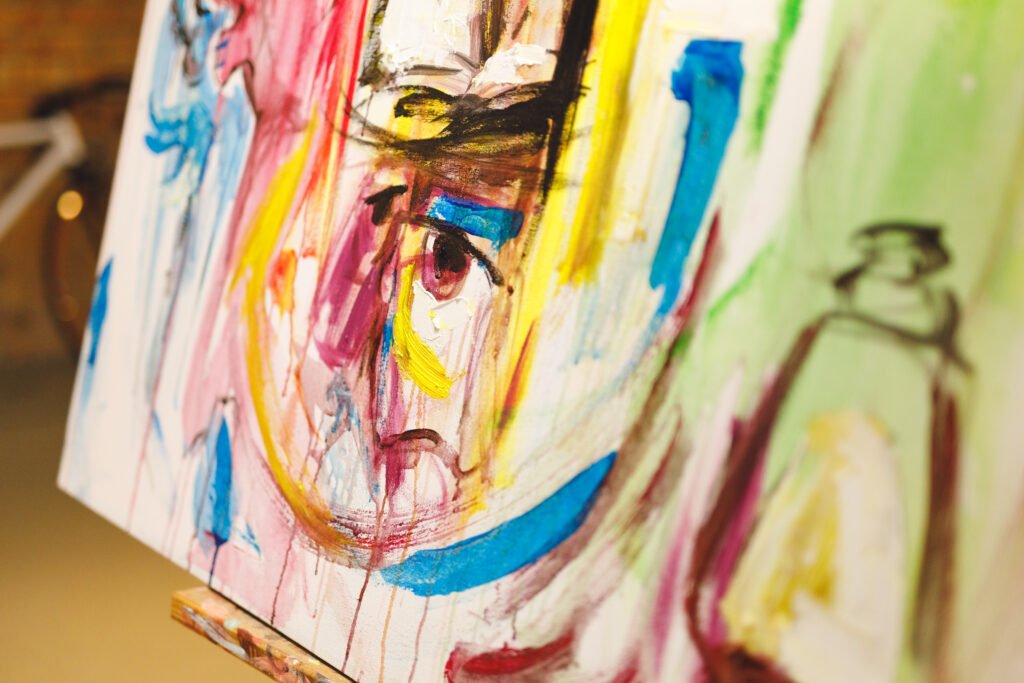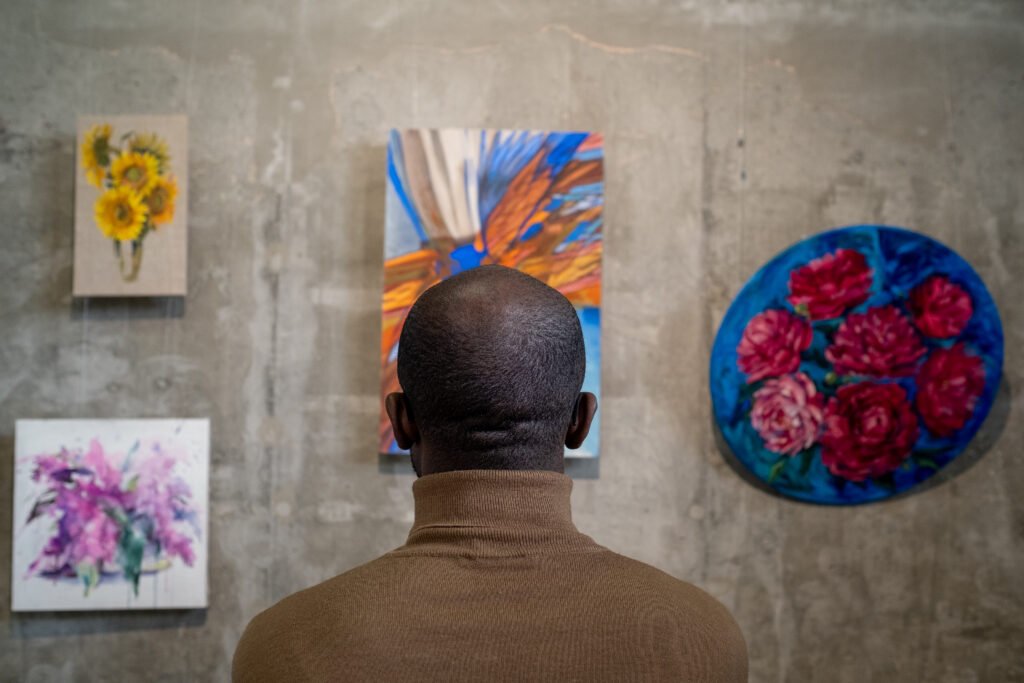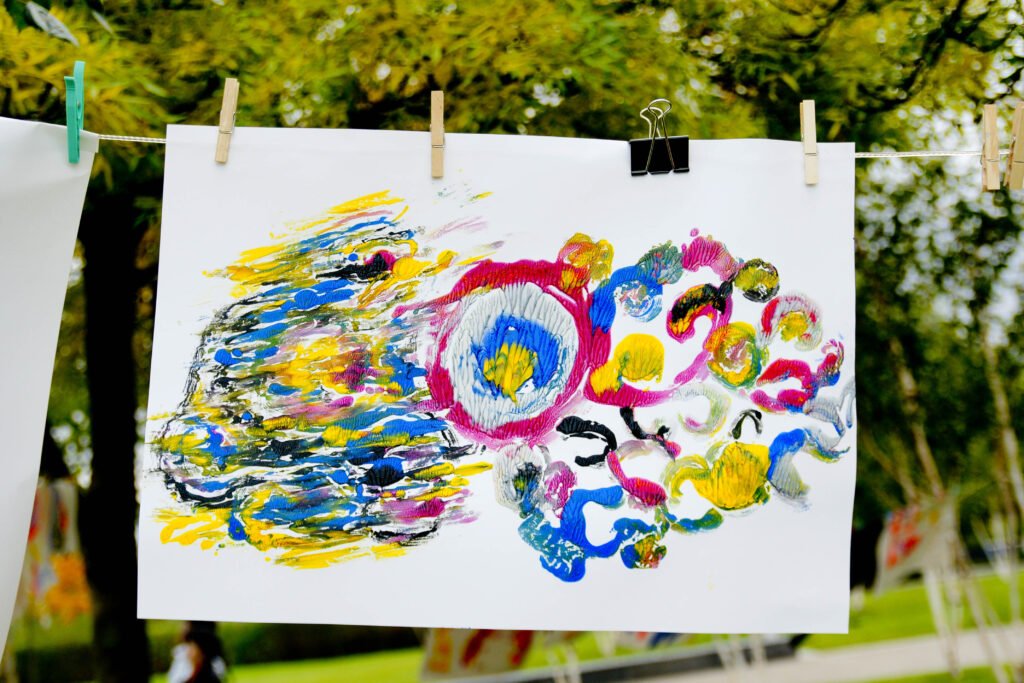Even more than a century after its emergence, abstract art continues to make many viewers uncomfortable. Faced with a canvas lacking recognizable figures, some feel lost, frustrated, or even irritated. They ask, “Is this really art?” or “What does it mean?” These reactions have not disappeared over time. In fact, they show how abstraction still challenges the way we look and interpret images.
This discomfort does not stem from a failure of art, but from the tension between expectation and experience. We are used to seeking immediate meaning, narrative, or representation. When these references disappear, the viewer’s gaze loses its familiar anchors.
And it is precisely in this void that abstract art finds its power: it demands attentive, sensitive presence, open to what remains unsaid.
Absence as provocation: discomfort as language
Much of abstract art’s strength lies in its rupture with established visual codes. In Concerning the Spiritual in Art (1911), Kandinsky argued that painting should not represent the visible world, but communicate directly with the soul through form and color. Yet for many viewers, this proposal still feels like a breach of contract between artist and audience.
Studies such as Why Abstract Art Provokes Cognitive Dissonance (Harvard University, 2017) show that non-figurative art activates areas of the brain related to unresolved interpretation. This generates a feeling of uncertainty that the brain tries to resolve, but cannot. The result is a kind of cognitive frustration that often manifests as rejection.
This resistance reveals much about how we are visually educated. From an early age, we associate images with representation. Even in schools, art education tends to prioritize “correct” drawing over free expression.
Therefore, when faced with a color field or an apparently random line, the viewer may feel insecure. Abstract art offers no easy answers. It calls for visual listening. And for many, that is unsettling.
The discomfort also comes from silence. Unlike figurative works that explain what they show, abstract art suspends meaning. It does not describe, but evokes. It does not shout, but resonates.
As Susan Sontag wrote in Against Interpretation (1966), art should be felt before it is explained. This is where abstraction operates: in the space between sensation and thought.
The resistance of the invisible: abstract art in everyday spaces
If abstract art continues to disturb, why is it still so present in museums, galleries, and homes? Precisely because its impact does not rely on immediate understanding but on engagement. When placed in space, it turns the environment into a field of sensation. This is why so many people choose to buy abstract art as a form of emotional connection, not just visual appeal.
In recent years, the sale of abstract art has grown in the digital market. Online platforms now feature works that stand out precisely for their visual silence. Unlike oversaturated, overly explained images, abstraction offers pause, rhythm, and breath.

It fits seamlessly into interior design as abstract art for decoration, because it invites multiple interpretations and adapts to various sensibilities.
A recent study by the University of British Columbia (Emotional Ambiguity in Abstract Visual Art, 2020) found that abstract works are perceived as more ambiguous but also more emotionally engaging compared to figurative pieces. This is because viewers project their own feelings onto the artwork. In other words, the canvas becomes a mirror.
This ability to reflect emotion without fixing meaning is what keeps abstract art alive. It may disturb, but it also expands. It destabilizes, yet it invites. And in doing so, it proposes a new way of inhabiting the visual world: less rational, more sensitive; less interpretive, more present.



